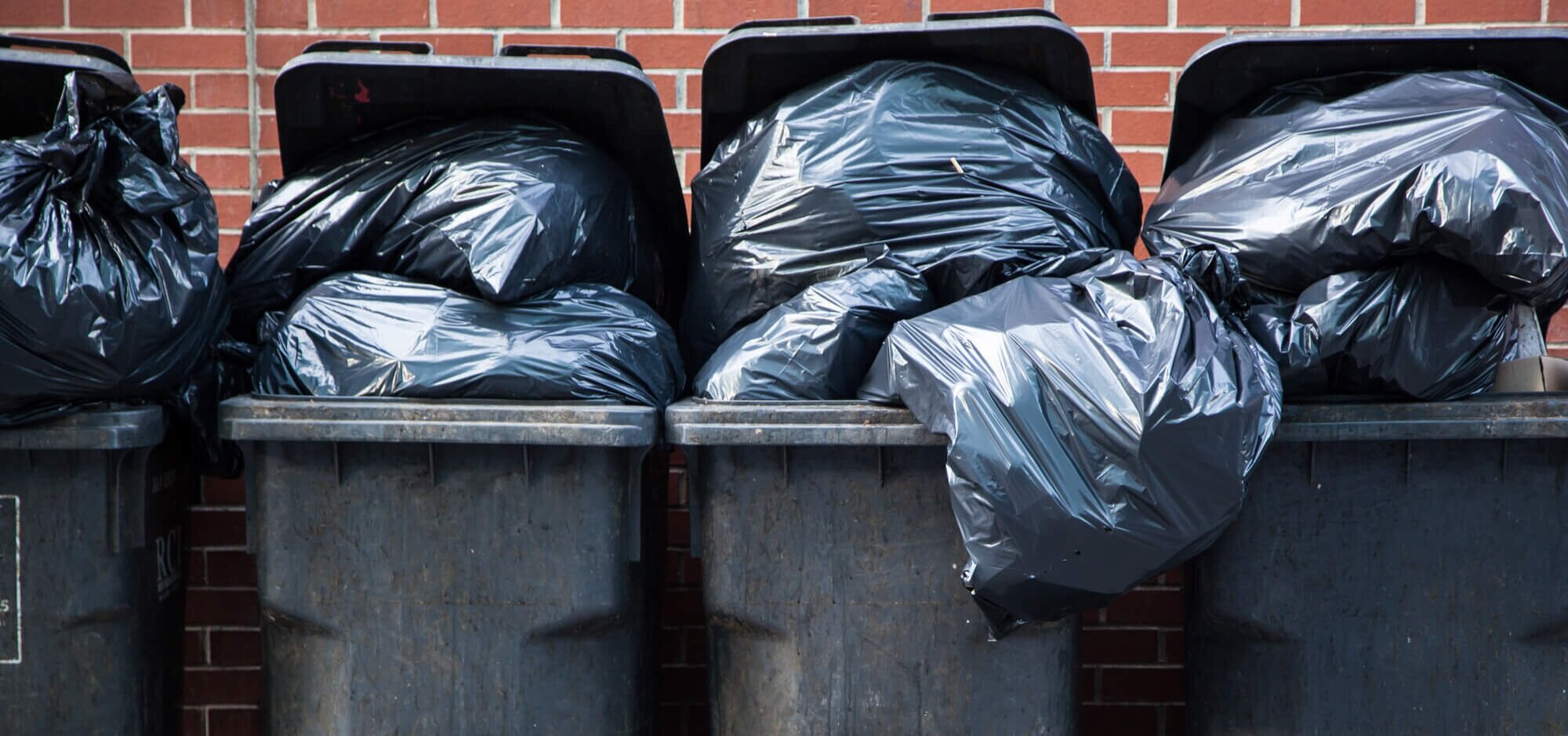
Trash, often synonymous with refuse or garbage, represents a significant challenge in modern society, impacting environmental sustainability, human health, and urban planning. At its core, trash is any material deemed unwanted or no longer useful, typically 分類回收桶 by individuals, businesses, or industries. This includes a diverse array of items such as food scraps, packaging materials, old electronics, and household waste. The composition of trash varies widely depending on location, lifestyle, and industrial activity, but common categories include organic waste, recyclables, hazardous materials, and non-recyclable waste.
The process of managing trash involves several stages, from collection and transportation to disposal and recycling. Municipalities typically handle the initial collection and transportation of trash to designated facilities. Once at these facilities, trash is sorted based on its type and potential for recycling or composting. Organic waste may be composted to create nutrient-rich soil amendments, while recyclable materials are processed and transformed into new products. Hazardous materials, such as batteries and chemicals, require special handling to prevent environmental contamination.
Recycling plays a crucial role in trash management by diverting valuable resources from landfills and reducing the need for raw materials. Recyclable materials, such as paper, glass, plastic, and metals, are sorted, cleaned, and processed into raw materials that can be used to manufacture new products. This process not only conserves natural resources but also reduces energy consumption and greenhouse gas emissions. However, recycling systems face challenges, including contamination of recyclable materials, fluctuating market demand for recycled products, and the complexity of sorting mixed waste.
Composting is another essential component of effective trash management, particularly for organic waste such as food scraps and yard clippings. Composting transforms organic materials into nutrient-rich compost that can enhance soil health and support plant growth. This process reduces the volume of waste sent to landfills and minimizes greenhouse gas emissions associated with organic waste decomposition. Community composting programs and home composting initiatives are increasingly popular as individuals and communities seek to reduce their environmental footprint.
Landfills, though historically the primary method of waste disposal, present significant environmental challenges. Landfills can leach harmful chemicals into groundwater, emit methane—a potent greenhouse gas—and occupy valuable land. Modern landfills are designed with liners and leachate collection systems to mitigate environmental impacts, but they remain a less desirable solution compared to recycling and composting. Efforts to reduce landfill waste include promoting waste diversion strategies and encouraging zero-waste lifestyles.
Incineration, or waste-to-energy technology, is another method of trash management that involves burning waste to generate energy. This process reduces the volume of waste and can produce electricity or heat. However, incineration raises concerns about air pollution and the release of toxic substances. Modern incinerators are equipped with advanced filtration systems to minimize emissions, but the debate continues over their environmental and health impacts.
Education and awareness play a vital role in improving trash management practices. Public campaigns and educational programs aim to inform individuals about proper waste disposal, recycling practices, and the benefits of reducing waste. By fostering a culture of sustainability, communities can better manage their trash and support environmental protection efforts. Schools, businesses, and government agencies often collaborate on initiatives to promote waste reduction and recycling.
Innovation and technology are driving advancements in trash management. Smart waste systems, such as sensor-equipped bins and automated sorting technologies, enhance efficiency in waste collection and processing. Research into alternative materials, such as biodegradable plastics and sustainable packaging, aims to reduce the environmental impact of trash. Additionally, advances in waste-to-energy technologies offer potential solutions for managing non-recyclable waste.
The concept of a circular economy is gaining traction as a framework for managing trash. A circular economy focuses on designing products for durability, repairability, and recyclability, thereby minimizing waste and maximizing resource efficiency. By rethinking product design and consumption patterns, a circular economy seeks to create closed-loop systems where materials are continuously reused and regenerated.
In summary, managing trash is a multifaceted issue that requires a combination of strategies to address environmental, health, and economic concerns. Effective trash management involves reducing waste generation, promoting recycling and composting, exploring alternative disposal methods, and fostering public awareness. As societies continue to evolve, embracing sustainable practices and innovative solutions will be crucial in managing trash and protecting the environment for future generations.
Leave a Reply